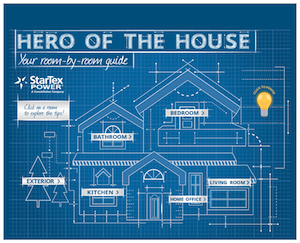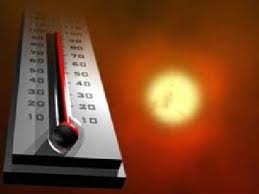
How much?
You can take a 30% tax credit up to a total value of $1,500. In other words, you can spend up to $5,000 on a single or multiple products, for your principal residence that you own and live in, and get 30% or $1,500 (30% of $5,000 = $1,500) back as a tax credit. If you made some of your purchases in 2009 and some in 2010, you can combine the total, but you can’t get more than $1,500 in tax credits on the total purchase.
Of course, once you make the investment, the new doors and windows will also reduce your heating and cooling bills. Your local contractor should be able to help you estimate savings depending on what you buy, the HVAC system you use, and the climate where you live.
In addition to insulating windows and doors, purchases covered by the 2010 tax credits include:
*biomass stoves (those that burn wood or corn pellets, for example)
*heating, ventilating and air conditioning systems
*insulation
*metal or asphalt roofs that reflect the sun’s rays, lowering a home’s temperature
*non-solar water heaters
The $1,500 maximum does not apply to geothermal heat pumps, solar water heaters, solar panels, fuel cells, and wind generators. These are all eligible for a 30% tax credit with no upper limit. However, the tax credit for fuel cells is limited to $500 per .5 kW of power capacity.
The tax credit with no upper limit is completely separate from the one limited to $1,500 – so you can get both. For example, you can get $1,500 back for new windows, and $3,000 back for a new geothermal heat pump – for a total tax credit of $4,500.
NOTE: These are “non-refundable” tax credits so you can’t get more back in tax credits than you pay in federal income tax.
In addition to these federal tax credits, your state may offer similar credits, bringing the cost down even more.
Whether you replace your doors and windows or not, these additional tips will help you save energy this winter.

















3 thoughts on “Energy Tax Credits Expire 12/31 – Act Now to Save $$$ on Efficient Windows, Doors”
I am intrigued by the proposition of saving up dollars on taxes with these energy efficient solutions. I will consider these next year.
You can reduce your energy needs by as much as 20 to 30 percent, and save about four months’ worth of household energy, by investing in insulation.
Was so bummed that I missed these tax credits. Like, super bummed…
Comments are closed.